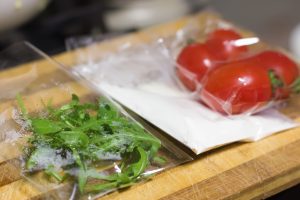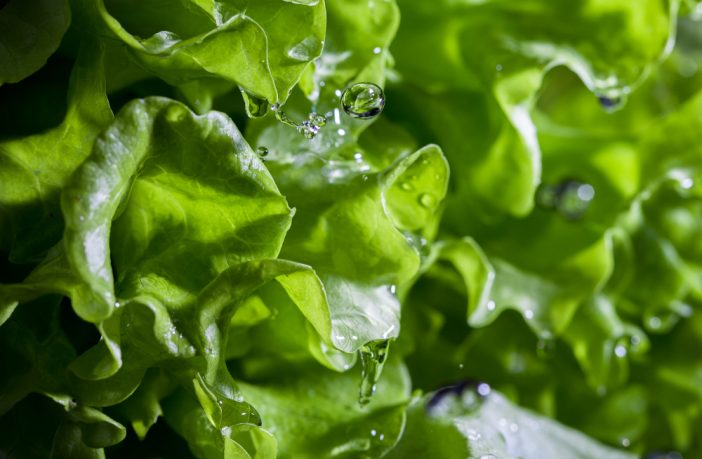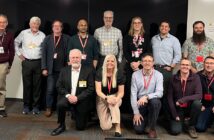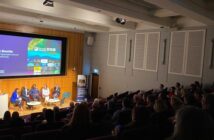Open University scientists are part of a UK team developing new technology which will be able to “smell” when fruit or vegetables are going off.
It’s hoped the test could potentially save tonnes of waste. According to the UK waste advisory body WRAP, 1.2million tonnes of fresh fruit and vegetables are wasted each year.
A UK-based research team is now hoping to develop a quick and cost-effective quality assessment system for the food and drink industry, by using a technique commonly used in space science. Not only would this help reduce waste, but crucially it will allow food suppliers to be able to pinpoint when the produce is at its peak condition, and therefore has the most nutritional value to consumers.
Rocket leaf markers have been identified
Researchers in the team have already identified the unique set of molecular markers given off by rocket leaves before they are about to go off, but wanted to see if they could apply this to other produce.
The team includes Dr Hilary Rogers and Dr Carsten Müller of Cardiff University, Dr Geraint Morgan of The Open University and Dr Simon Sheridan of Applied Science & Technology Solutions Ltd.

The team will look at assessing the quality of produce
Dr Rogers said: “We are hoping that by creating a technique that can assess the quality of the produce we will be able to reduce waste by allowing the industry to make better informed assessments of shelf-life. The benefit of using this technology is that it does not need complex sample preparation.”
But although the team have already had success in being able to identify when the rocket leaves are about to spoil there are a number of logistical issues to overcome before they can make a device suitable for the industry.
The initial work at Cardiff used an expensive laboratory technique, Gas Chromatography-Mass Spectrometry (GC-MS) for this research – which is a way of separating and identifying different chemical compounds. This technology has been used for a number of different applications, from climate science to planetary science. However, to be useful in a supplier or retail environment, the device needs to be made small and portable, and low-cost.
Dr Rogers added: “Our biggest challenge now is to take this complex technology and apply it to a cost-effective platform so that it can be used at different points in the supply chain, from production through to retail.”
Solving the world’s food sustainability challenges
The research project has been funded by the Science and Technology Facilities Council Food Network+, which brings together researchers from the Science and Technology Facilities Council and different disciplines in the agri-food sector with the aim of solving some of the world’s greatest food sustainability challenges.
Dr Morgan and Dr Sheridan have previously developed a shoe-box sized version of a GC-MS for the Science and Technology Facilities Council, for planetary exploration – namely the Ptolemy instrument on the Rosetta mission. But the team now hope to translate the lessons learnt to develop a bespoke, affordable as well as portable platform.
Dr Morgan said:
“Early results show that it is certainly possible. We have identified a significantly lower cost, alternative detector solution that can accurately quantify the marker compounds, at even lower levels than a mass spectrometer.
“This allows a very simple and rapid sampling and analysis process that could be used by anyone in the value chain. We developed and evaluated a working prototype and now require the funding to conduct the production design to develop the instrument that can be sold to the various stakeholders in the supply chain and to identify the markers that will enable it to be platform technology suitable for a range of produce.”
Find out more about the network and the other projects being funded.



